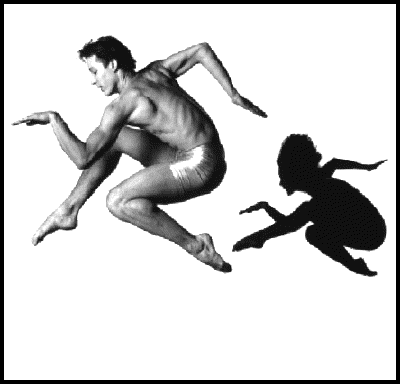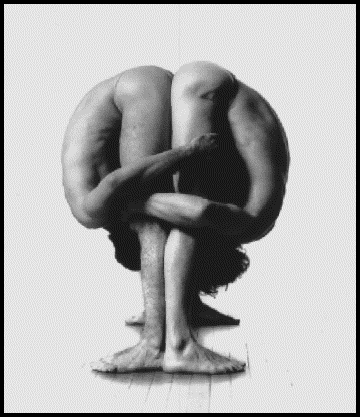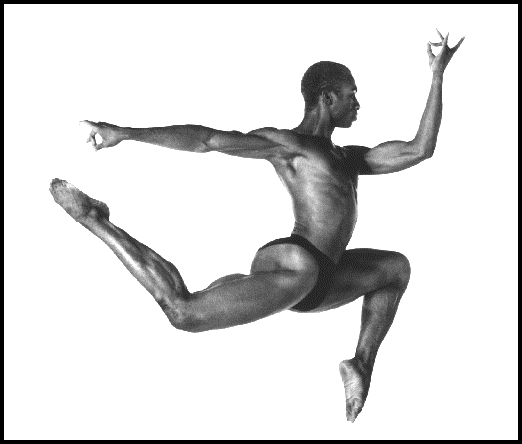Appendix "B" of The Wisdom of Yoga consists of the 196 sutras on "pure awareness," the Yoga-Sutra. These are not, as the author points out, like the Bible or the Koran. The sutras are, rather, a very concise, densely packed manual for living. They were written around 2000 years ago by one Patanjali. The new translation in this book --- there are dozens that have been written over the years --- is the one preferred by Cope.
According to him, most of the renderings of the sutras available to the western reader have been diluted or mis-translated because of the influence of Buddhist teachings, especially in America. "Classical yoga and Buddhism are sister traditions," he writes, but this is "not a reason to conflate them ... They have traded ideas and practices back and forth for two thousand years," but there are distinctions. The focus of The Wisdom of Yoga is to show these differences.
The book is also an attempt to put a bare-bones doctrine into palatable form. The sutras take but ten pages. Some are vaguely specific,
By mastering the flow of energy through the solar plexus, one becomes radiant.
Some are more exacting, even astrological:
Focusing with perfect discipline on the polestar yields insight about the stars' movements.
A few are simply occlusive:
The transformation toward total stillness occurs as new latent impressions fostering cessation arise to prevail the activation of distinctive, stored ones and moments of stillness begin to permeate consciousness.
Others are brazenly paradoxical, pulling in strange symbols, promising strange rewards,
By focusing with perfect discipline on the body's relationship to the ether and developing coalesced contemplation on the lightness of cotton, one can travel through space.
There are ones that are wonderfully, paradoxically self-evident,
Clinging to life is instinctive and self-perpetuating, even for the wise.
A few will echo words of some of the masters we have read over the years ... this one in particular reminds us of Krishnamurti:
The apparent indivisibility of seeing and the seen can be eradicated by cultivating uninterrupted discrimination between awareness and what it regards.
There are the self-evident:
Focusing with perfect discipline on friendliness, compassion, delight and equanimity, one is imbued with their energies.
Finally, there are those we wish could be handed onto our more ideological leaders,
Being firmly grounded in nonviolence creates an atmosphere in which others can let go of their hostility.
§ § §
It helps our reading if we suspend our beliefs, accept the fact that the narrative flow of The Wisdom of Yoga takes place in an upper-class world in a perfect community, one of almost perfect people (and weather, and living accommodations, and picnic lunches), a dream world that most of us will probably never experience.
 Once we accept that, the lessons that Cope hands out are not without merit. A section on breathing and addiction, "Breath, Trust, and the Transmutation of Hunger," is a specific plan on how to begin to get out from under old habits of mind and body (one of the key lessons of yoga). Some of the truths he offers can bemuse one: that you and I and everyone else (outside the adepts) have 60,000 thoughts a day, and more to the point, we react to each and every one of them. But the real worth of The Wisdom of Yoga is the excellent translation of the Yoga-Sutras, all 196 of them, set at the tail-end of the book. It ends, wonderfully enough, with Number 34:
Once we accept that, the lessons that Cope hands out are not without merit. A section on breathing and addiction, "Breath, Trust, and the Transmutation of Hunger," is a specific plan on how to begin to get out from under old habits of mind and body (one of the key lessons of yoga). Some of the truths he offers can bemuse one: that you and I and everyone else (outside the adepts) have 60,000 thoughts a day, and more to the point, we react to each and every one of them. But the real worth of The Wisdom of Yoga is the excellent translation of the Yoga-Sutras, all 196 of them, set at the tail-end of the book. It ends, wonderfully enough, with Number 34:
Freedom is at hand when the fundamental qualities of nature, each of their transformations witnessed at the moment of its inception, are recognized as irrelevant to pure awareness; it stands alone, grounded in its very nature, the power of pure seeing. That is all.
That is all!


 Once we accept that, the lessons that Cope hands out are not without merit. A section on breathing and addiction, "Breath, Trust, and the Transmutation of Hunger," is a specific plan on how to begin to get out from under old habits of mind and body (one of the key lessons of yoga). Some of the truths he offers can bemuse one: that you and I and everyone else (outside the adepts) have 60,000 thoughts a day, and more to the point, we react to each and every one of them. But the real worth of The Wisdom of Yoga is the excellent translation of the Yoga-Sutras, all 196 of them, set at the tail-end of the book. It ends, wonderfully enough, with Number 34:
Once we accept that, the lessons that Cope hands out are not without merit. A section on breathing and addiction, "Breath, Trust, and the Transmutation of Hunger," is a specific plan on how to begin to get out from under old habits of mind and body (one of the key lessons of yoga). Some of the truths he offers can bemuse one: that you and I and everyone else (outside the adepts) have 60,000 thoughts a day, and more to the point, we react to each and every one of them. But the real worth of The Wisdom of Yoga is the excellent translation of the Yoga-Sutras, all 196 of them, set at the tail-end of the book. It ends, wonderfully enough, with Number 34: